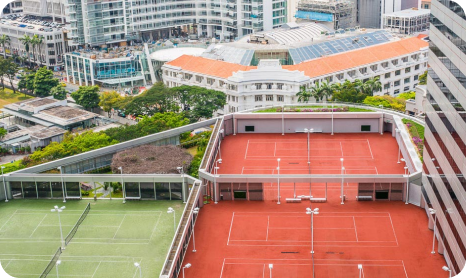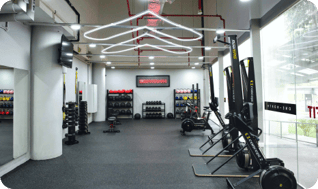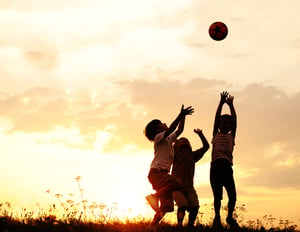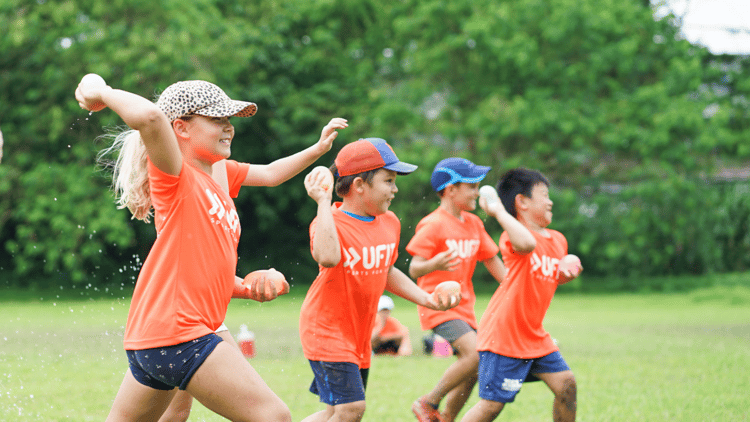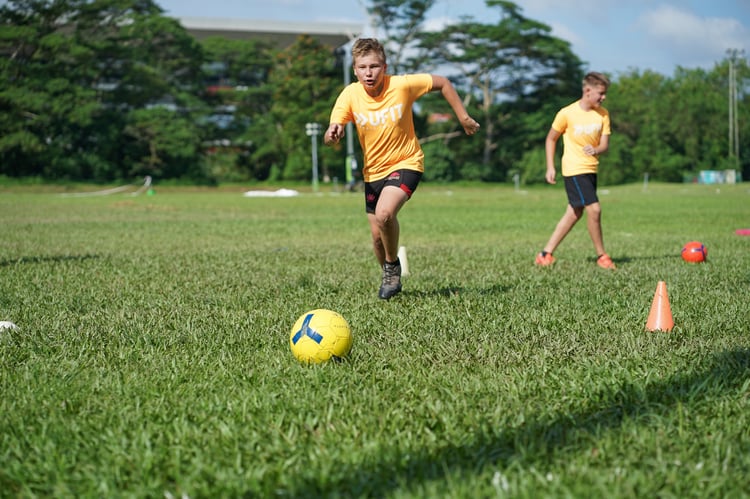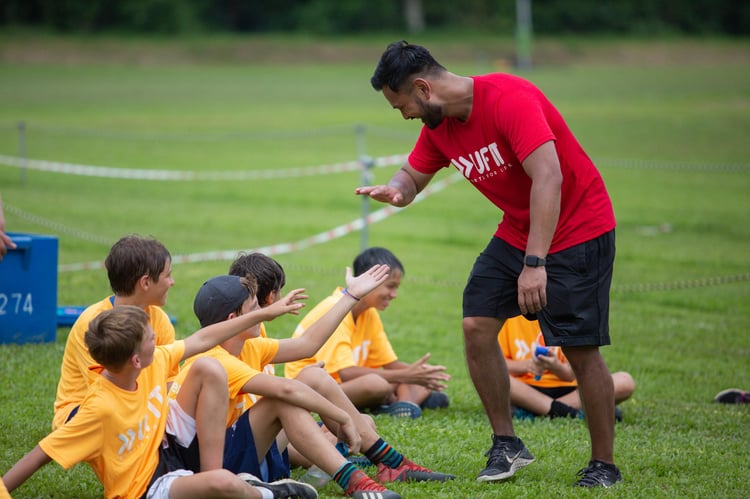It has been a long 18 months in Singapore without full competitive sport. Most sporting action has had to follow various restrictions, so we have had to compromise to watered-down versions of the sports we know and love. Sports clubs and programs have done a great job at being adaptable, adjusting session plans or the rules of the game according to the group numbers permitted.
As great as it is that sport has been able to continue in this way, there is nothing like live competitive sport to test the limits and capacity of the mind and body. 18 months without full sport will have had a negative effect on anyone’s ability to perform safely and successfully, regardless of age. It is well established that declines in cardiovascular fitness, strength, and power performance can occur in as little as 4 weeks without sufficient training stimulus (1). The negative impact has been shown to occur through all ages, with performance being affected in children as young as 7 years old (2), the elderly (3), and even the elite athletes (4). Sport-specific skills will also be on the decline, with COVID lockdowns in Asia shown to have a detrimental effect on the motor skills of recreational athletes. You or your child may then find themselves struggling to make the pass, tackle, kick or run that was once second nature.
A bigger and more alarming concern is the huge increase in injury risk to anyone returning into training or sport that their body is not used to. Players in the German Bundesliga were 3.12 times, more likely to suffer an injury after the resumption of play post-COVID(5). This is massive considering the high level of care, attention, and coaching these professional players receive. History has shown us that the injuries often are not small ones, after the 2011 NFL shutout there were 10 Achilles tendon ruptures in the first 12 days – resulting in a minimum 11-month rehabilitation process(6). Those with previous injuries are also more likely to have regressed during periods of lockdown and lower activity. The injured muscle or joint is far more likely to be weaker and have poor movement mechanics, therefore unfortunately a greater injury risk(4). We, therefore, need to be aware of the three main reasons we may get injured:
- Going back into full competition without adequate preparation
- Doing too much training too quickly
- Aggravating an old injury
It is estimated that if the training load remains at 20-40% of normal for no more than 4 weeks, it will take 3 to 5 weeks to return to play without a significant risk of injury(7). Unfortunately, there will be very few people that will be able to say that they were without training for that little time. Extrapolate that to potentially 18 months of no sport-specific training, a significantly longer period of training will be required. With this being the case for many people around the world, sporting bodies have recommended an extended return to play protocols, with some such as the Rugby Football Union laying out a 4-month plan. This should be safe, gradual, and where possible, guided by a professional.
With the risks involved, what are the keys to success when returning to a sporting environment?
1. Acute-Chronic Workload Ratio
This is the ratio of your short-term workload (acute) of usually one week, to the average of your longer-term load (chronic) of 3 to 4 weeks. There are parameters that can be followed to ensure the lowest risk of injury, if it is something that may interest you a comprehensive breakdown can be found here.
In short, there should not be any large spikes in your weekly training load. You would not run a marathon without building up the distance you can comfortably run, the same rule applies to you or your child’s return to sport. Most of us have wearable technology that can track distances, heart rate, calories – use this to ensure there are no sudden spikes in your weekly training. If you do not own a tracking device, then total minutes of exercising is a good way to monitor this. A good general rule for intermediate-level athletes is to stay within 20% of the previous week (higher or lower), with small increases every week or two is the best method here. If a 20% increase is too much, then listen to your body and lower it!
2. Hit Previous Scores
Lots of us will have a good general idea of what could be done prior to COVID. Whether that be the amount of exercise we were doing, our body composition, lifting scores in the gym, or running times. If we are below these levels – then expecting our bodies to be able to handle pre-COVID levels of competition is not wise.
Write down some goals for yourself for what was achievable pre-COVID, at the very least it could be bodyweight or the amount of time you exercised for. Then strive to get back to these goals. If you can be more specific and have weights lifted in the gym or times run over a certain distance, then even better!
3. Start General, End Specific
Your training should not look exactly like the sport you’re aiming to play right away. You need to build up aerobic capacity, muscular endurance, and resistance to fatigue. If running for more than 15 minutes is currently unrealistic, you are unlikely to be able to handle a 90-minute football match or a day-long tennis tournament. So, start by improving your general fitness, strength, and power.
If you have kept yourself generally fit, great! It is then time to incorporate some more sport-specific movements into your training plan. Most sports have a high degree of speed and change of direction, and in some sports contact, which very few of us have done in the last 18-months. Build these up gradually and methodically. Finally, as you approach competition and start to train more, your sport-specific fitness and skills can start to be refined. This might include repeat sprints, prolonged bouts of training games, or a shortened pre-season match.
4. Get In The Gym
A structured strength and conditioning (S&C) program has long gone hand in hand with successful sports performance. But now, more than ever, it has a vital role to play in our return to play. Using the principles outlined above, an S&C program can prepare you for your sport, increasing your strength, power, speed, mobility, and movement efficiency; but above all else, decrease your risk of injury.
Getting back into the gym should be second nature to some adults, but for youth or inexperienced adults, it is vital that correct movement patterns, posture, and exercise selection are given. So, seeking the advice of someone with knowledge and experience will help you or your child learn how to move your body correctly and safely. This improvement in movement quality, strength, and power will ensure your return to play is as safe as possible, as well as having the potential to perform at a higher standard.
5. Have A Professional Guide You
There is a wealth of material online that will explain and guide you through what has been outlined above. But which of the over 80 million Google results for ‘tennis gym workouts’, or 17 million ‘running program for rugby return’ is best for you? It could be any of them or none of them – your last 18 months and beyond will be very different from the person writing the article. Therefore, getting individual guidance and training to help you calculate your running load, program your gym workout, screen an old injury, or show you the correct way to squat, lunge, and deadlift is a great way to return safely and successfully.
It is looking increasingly like our long wait for competitive sport to return is coming to an end, so now is the time to get you or your child ready to be able to play sports injury-free and perform better than ever before.
UFIT’s best-in-class personal trainers and physios can expertly and safely guide you back to sporting success. For children, our Sports For Life Program will help develop physical and mental attributes to not only help them safely restart their full sporting schedule but advance their performance above and beyond their current levels.


.png?width=301&height=187&name=Website%20Navigation%20Images%20(3).png)

-1.jpg?width=1984&height=1196&name=UFIT%20Club%20Street%20Front%20(4)-1.jpg)

